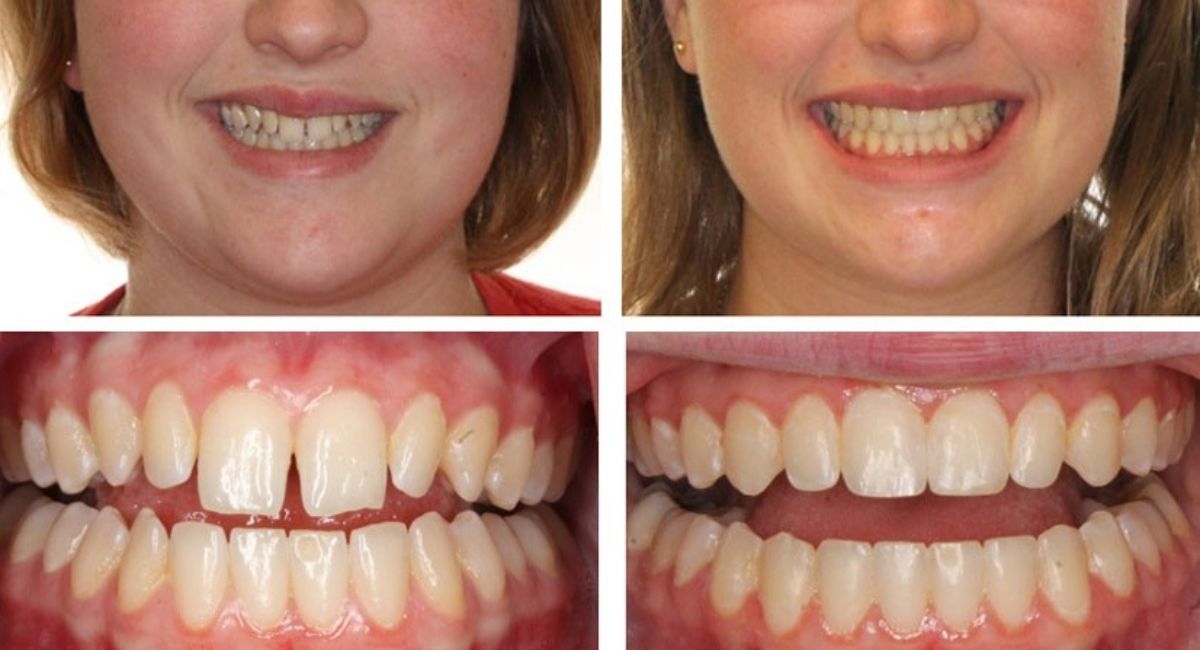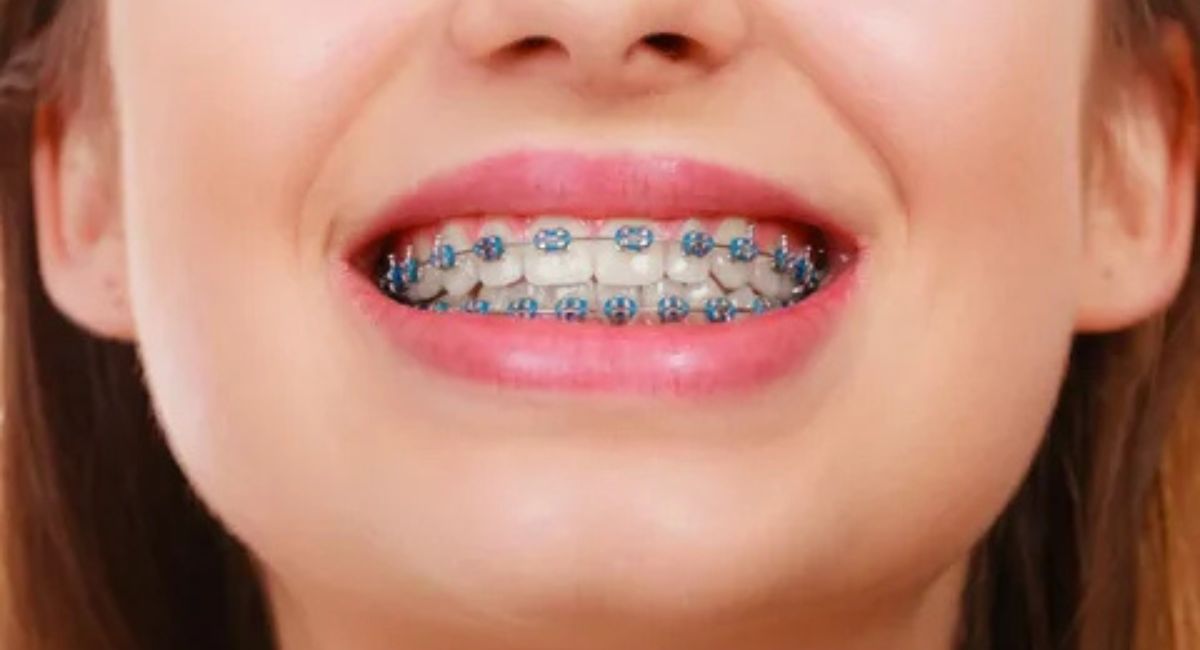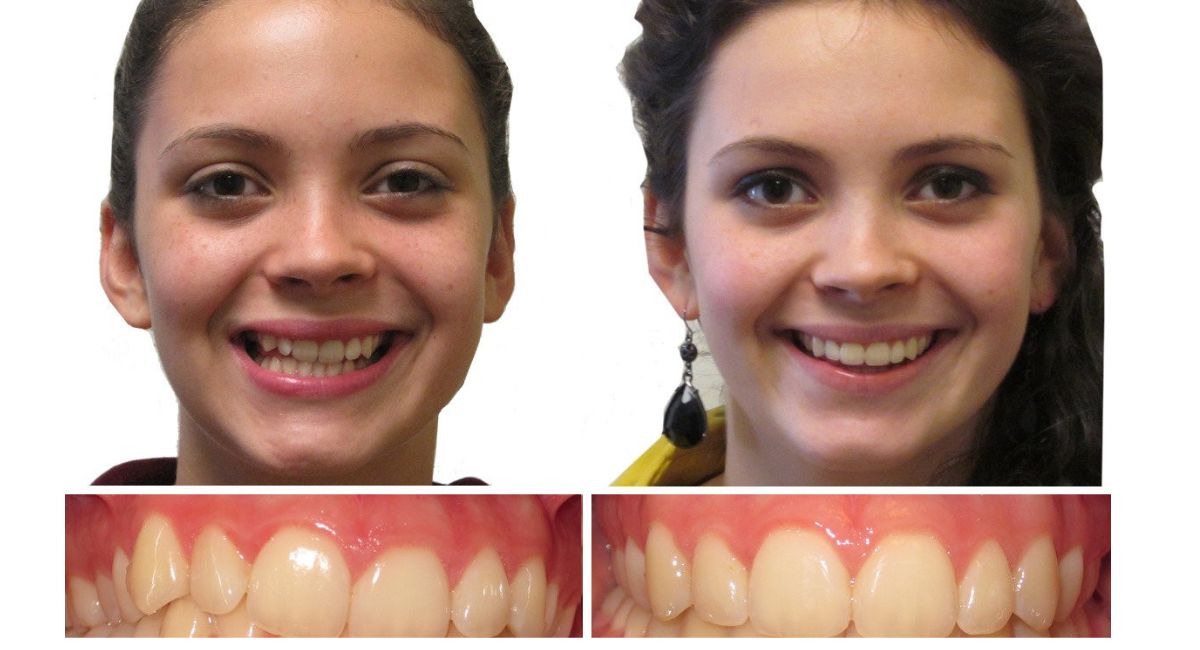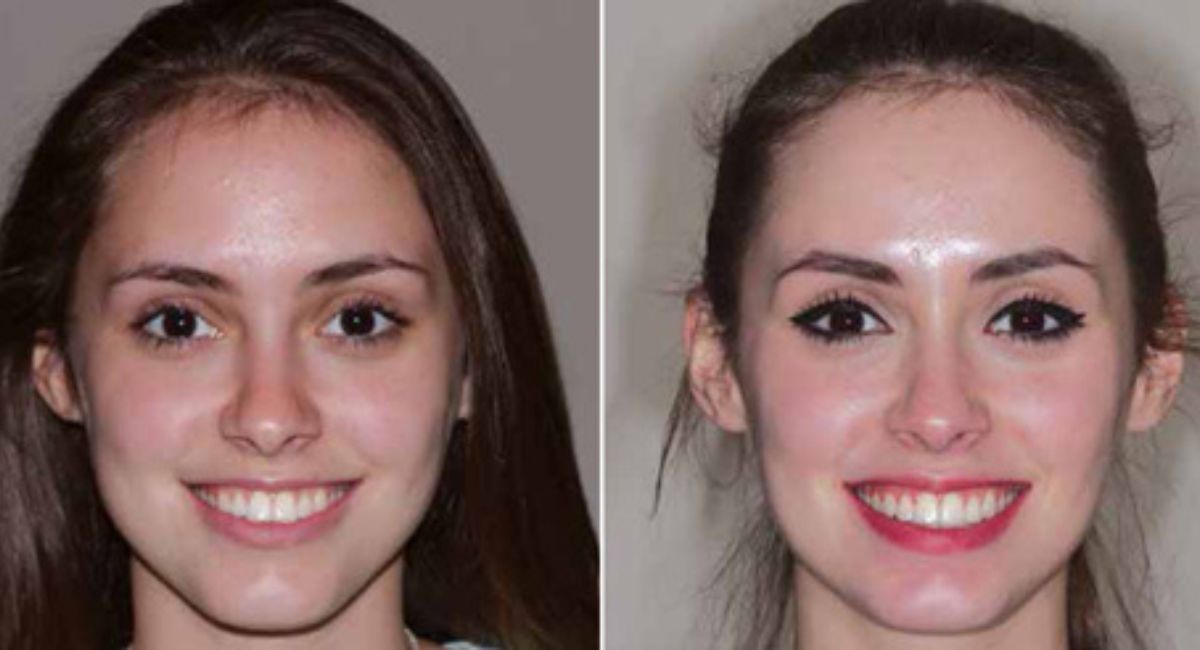Ever looked in the mirror and wondered if braces could really change your jawline? Maybe you’ve seen photos online and thought, “Do braces actually make that big of a difference?” It’s a common question because jaw shape can affect how your entire face looks. If you’re curious about jaw before and after braces, you’re definitely not alone.
This guide is here to clear things up. We’ll walk through what really happens to your jaw during orthodontic treatment, why your face can look different after braces, and how long it takes to see those changes. By the end, you’ll know exactly what to expect—and why the transformation is more than just cosmetic.
What Happens to Your Jaw Before and After Braces?

Before braces, your jaw may not sit in the right position. Misaligned teeth often lead to bite problems, which affect how your jaw functions. Overbites, underbites, and crossbites create uneven stress on your jaw joints. This can cause discomfort and even long-term issues with chewing and speech. When orthodontic treatment begins, gentle pressure starts moving teeth into the correct positions. That shift also affects the jaw since the bones and ligaments adjust to new alignment. The process is gradual but steady.
After braces, the jaw feels different. It becomes more balanced because the teeth now support proper bite mechanics. This change often improves facial structure after braces. For many patients, jaw structure before and after orthodontic treatment looks noticeably different in photos. Jaw position after braces is not just cosmetic; it also helps reduce jaw strain, headaches, and uneven wear on teeth. So, when you ask, “Does correcting teeth affect jaw shape?”, the answer is yes, in a positive way.
How Do Braces Affect Jaw Alignment and Shape?
Braces aren’t just for teeth—they also influence jawbones. By moving teeth into better positions, braces apply pressure that encourages bone remodeling. This is how orthodontic jaw changes happen. Your jaw isn’t rigid; it responds to forces over time, which is why braces work even for adults. As the teeth shift, your jaw adjusts, creating harmony between the upper and lower arches. The effect on jaw alignment is often dramatic in severe cases.
For those wondering, “How do braces help jaw alignment?”, the science is clear. Controlled force from the wires and brackets stimulates bone tissue to adapt, making it possible to correct even long-standing bite issues. Braces impact on jaw shape depends on several factors, including age, treatment length, and the severity of misalignment. In younger patients, these changes happen faster because bones are still growing. Adults see results too, but the process takes a little longer.
Can Braces Improve Jawline Definition and Facial Profile?
Yes, braces can absolutely improve your jawline. When teeth and jaws align correctly, your lower face often looks slimmer and more defined. People frequently ask, “Do braces improve jawline definition?” The answer is yes because an aligned bite creates better muscle balance. That means your cheeks and jawline look more natural and symmetrical. This improvement is why many patients notice their selfies look better after treatment.
Think of it like this: before braces, misaligned teeth can cause the face to look uneven. After braces, braces and facial symmetry become noticeable. The chin and jaw often appear sharper because the bite no longer pulls the face off-center. So, while braces don’t change your bone length, they improve how everything fits together, giving you a balanced and attractive profile.
Why Does the Jawline Look Different After Braces?
Many people wonder, “Why does your jawline look different after braces?” The difference comes from improved alignment and muscle adjustment. When the bite is corrected, facial muscles relax and work more efficiently. This natural balance changes how the lower face appears. In some cases, a narrow jaw becomes wider and fuller after braces because teeth have room to sit in ideal positions.
Another reason for this change is the correction of asymmetry. If your jaw shifted to one side before treatment, braces help bring it back to center. Over time, these adjustments create braces and jaw improvement, leading to better facial proportions. So, the difference isn’t just in your teeth; it’s in the overall harmony of your face.

Signs You Need Braces for Jaw Problems
Wondering if you need braces? Look for these red flags. Signs you need braces for jaw alignment include frequent jaw pain, popping sounds when chewing, or trouble biting evenly. If your teeth overlap too much or don’t touch correctly when you close your mouth, that’s a strong sign. Crowded or widely spaced teeth also signal underlying jaw alignment issues.
Other signs include chronic headaches or ear pain, which often come from stress in the jaw joints. If your face looks uneven in photos, that might also be caused by an incorrect bite. These symptoms shouldn’t be ignored because they usually get worse without treatment. A simple orthodontic checkup can confirm if braces are the solution.
How Long Does It Take for Jaw Changes to Show After Braces?
One common question is, “How long does it take to change jaw alignment with braces?” The answer depends on age, severity, and treatment type. For teenagers, noticeable jaw changes often appear within six months because their bones are still flexible. Adults typically see results later, around the 8 to 12-month mark, since their bones are harder.
Here’s a simple comparison:
| Age Group | Visible Jaw Changes | Full Correction |
| Teens | 6–8 months | 18–24 months |
| Adults | 8–12 months | 24–30 months |
Keep in mind, after braces come off, retainers are essential to maintain the new jaw position. Without them, teeth can drift back, and some changes might reverse.
Before and After Braces: Real Jawline Transformation Examples
The best way to understand the impact is through braces jawline before and after comparisons. People with overbites often start with a receding chin, making the lower face look small. After braces, the jaw appears more forward and balanced. Underbite cases show the opposite: a protruding jaw becomes more harmonious after treatment. Crossbite corrections often transform a crooked smile into a straight, symmetrical one.
These transformations don’t just improve looks. They also make chewing, speaking, and breathing easier. So when you search for jaw transformation braces, expect more than cosmetic changes—you’re also getting functional improvements.
Common Myths About Braces and Jaw Changes
There are many misconceptions. One big myth is that braces change your face permanently in a negative way. That’s false. They make your face more balanced and natural, not unnatural. Another myth is that braces work instantly. In reality, bone and muscle need time to adapt, so changes happen gradually.
Some believe adults can’t benefit from jaw changes, but that’s also wrong. While it takes longer, adults still see significant improvements. So don’t let these myths stop you from seeking treatment if you need it.

Braces vs. Surgery: Which Is Better for Jaw Alignment?
This is an important question: Braces vs jaw surgery for alignment—which should you choose? It depends on the severity of your case. For mild to moderate misalignments, braces usually do the job. They guide teeth and jaws into better positions without invasive procedures. But in severe skeletal issues, surgery may be necessary along with braces.
Here’s a quick comparison:
| Treatment | Best For | Recovery Time |
| Braces | Mild to moderate issues | 18–30 months |
| Surgery | Severe jaw deformities | 3–6 months |
Both options aim for the same goal: balanced jaw alignment and better function.
Tips to Maintain Your Jawline After Braces Treatment
Once the braces are off, the job isn’t done. Wearing retainers is the key to maintaining your results. They keep teeth and jaws in place while bone and tissue stabilize. Skipping this step risks undoing months of progress. Retainers come in different forms, like removable or fixed, so your orthodontist will choose the best one for you.
It’s also smart to practice good oral habits. Avoid grinding your teeth because it can strain the jaw. Some people also try facial exercises to keep muscles toned, which supports the jawline. With these steps, your improved facial structure lasts for years.
Final Thoughts
Braces aren’t just about straight teeth—they can reshape your jaw for a healthier bite and a more attractive profile. They improve braces effect on face shape, enhance braces and facial symmetry, and make everyday functions easier. If you’re wondering whether braces for jaw correction are right for you, consult an orthodontist. The investment pays off not just in confidence but in long-term health.
FAQs About Jaw Before and After Braces
Q: Will braces make my jawline sharper?
They can create subtle definition by aligning your bite and teeth, but don’t expect dramatic bone reshaping without surgery.
Q: Can braces fix jaw pain?
Yes, often. By balancing the bite, braces reduce pressure on the jaw joint, easing TMJ discomfort.
Q: Do braces change face shape in adults?
They can—usually subtly. Expect improvements in profile balance and smile harmony rather than drastic facial restructuring.
Q: How long before I notice jaw changes?
Some notice changes within months, but the most significant results are seen after full treatment (12–24 months).
Q: Will my jaw stay the same after braces?
With proper retainer use, yes. Without retainers, teeth can shift, affecting jaw position again.
Q: Are jaw changes permanent?
For the most part, yes—especially if retainers are worn consistently.
Q: Can braces fix asymmetrical jaws?
They can improve mild asymmetry. Severe asymmetry often requires surgical intervention.

